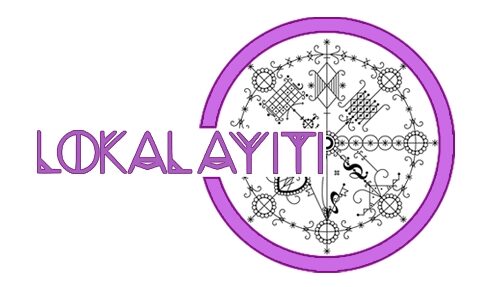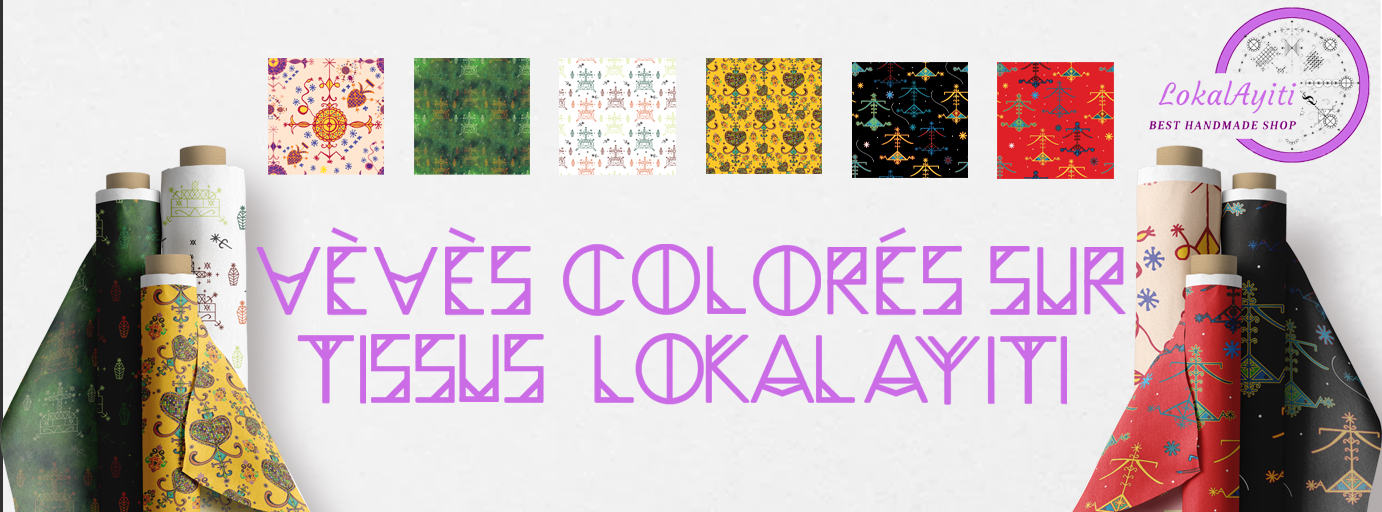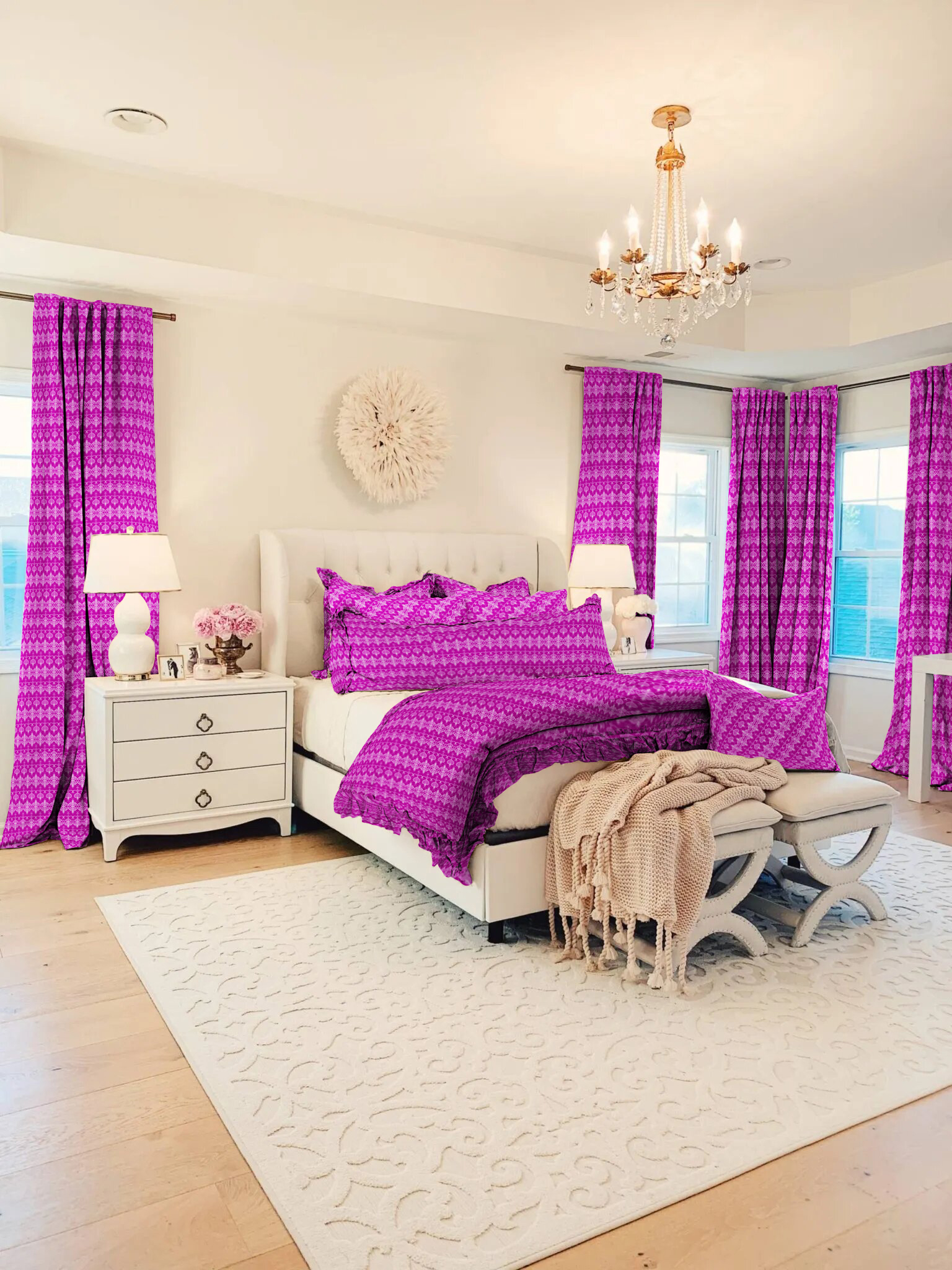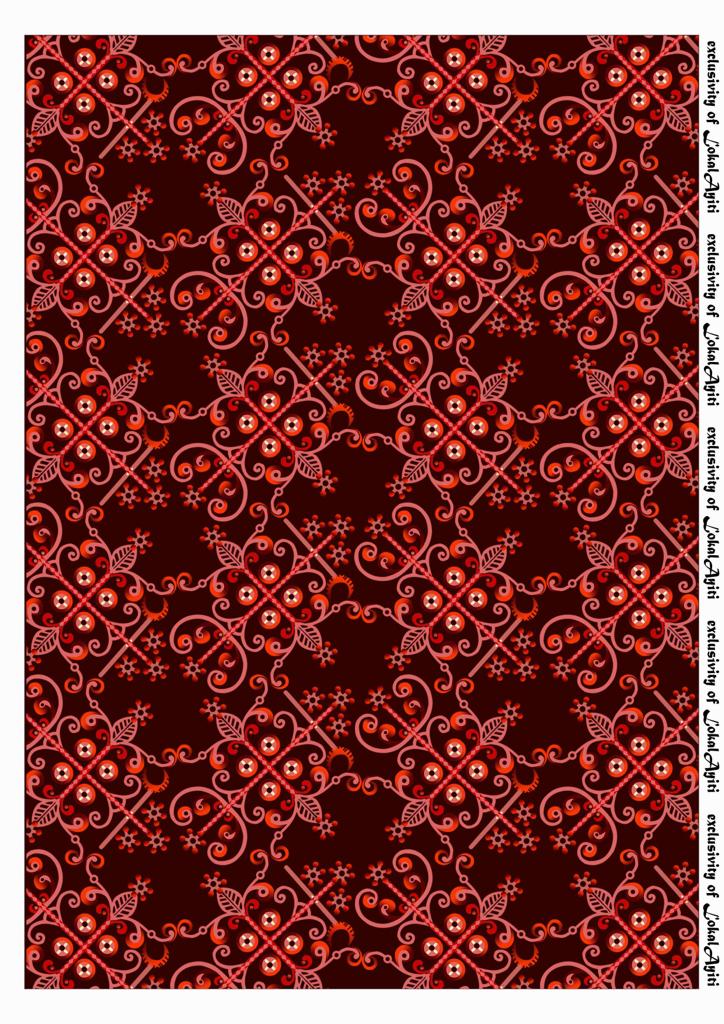Blog
Quand le caducée rencontre le Vèvè Danmbala
- Textile
Les symboles sont des ponts entre le visible et l’invisible, le matériel et le spirituel. Deux de ces symboles se distinguent par leur riche signification et leur influence culturelle : le Caducée et le Vèvè Danmbala. Bien que provenant de traditions distinctes, leur rencontre révèle des similitudes profondes et une convergence de sens.
Le Caducée : Symbole de la Médecine et du Commerce
Le Caducée est traditionnellement associé à Hermès, le messager des dieux dans la mythologie grecque. Ce symbole est représenté par un bâton entouré de deux serpents entrelacés et surmonté d’ailes. Dans l’antiquité, il incarnait souvent des notions de commerce, de négociation et de voyage. Au fil du temps, il a été adopté par le corps médical, malgré une certaine confusion avec le bâton d’Asclépios, qui est le vrai symbole de la médecine.
Les serpents enroulés symbolisent la dualité, l’équilibre et la guérison, tandis que les ailes représentent la rapidité et le voyage. Le Caducée incarne ainsi l’harmonie entre des forces opposées, une idée centrale au cœur de nombreuses philosophies et traditions spirituelles.
Le Vèvè Danmbala : Emblème du Vaudou
Du côté de la religion vaudou, le Vèvè Danmbala est un symbole sacré représentant Damballa, un esprit lié à la sagesse, la pureté et la guérison. Danmbala, souvent visualisé sous la forme d’un serpent, est l’un des loas les plus anciens et les plus respectés dans la tradition vaudou haïtienne.
Le Vèvè, un dessin rituel tracé à la farine, est utilisé pour invoquer et honorer les loas lors des cérémonies. Le Vèvè Danmbala se compose de motifs complexes et entrelacés, rappelant des serpents ondulant, et il incarne une énergie spirituelle puissante.
Points de Convergence
À première vue, ces symboles semblent appartenir à des univers différents. Cependant, une analyse plus approfondie dévoile des parallèles saisissants.
- Le Serpent: Dans les deux symboles, le serpent représente la sagesse, la transformation et la guérison. Cet animal a toujours été un symbole de connaissance divine et de régénération à travers diverses cultures.
- La Guérison: Autant le Caducée que le Vèvè Danmbala sont associés à la médecine et à la guérison. Ils servent à rappeler que la véritable guérison englobe à la fois le physique et le spirituel.
- L’Équilibre : Le Caducée, avec ses serpents entrelacés, et le Vèvè Danmbala, avec ses motifs symétriques, soulignent l’importance de l’équilibre entre des forces opposées. Cet équilibre est souvent vu comme essentiel pour le bien-être et la prospérité.
La rencontre symbolique entre le Caducée et le Vèvè Danmbala ouvre une réflexion fascinante sur les intersections culturelles et spirituelles. Ces symboles, bien que distincts, partagent une mission commune de guérison, d’équilibre et de transformation. En explorant ces points communs, nous pouvons mieux comprendre l’universalité de certaines vérités et valeurs humaines.
Ainsi, “Quand le Caducée Rencontre le Vèvè Danmbala” n’est pas seulement un titre pour mon blog mais aussi une invitation à découvrir les liens profonds qui unissent différentes traditions, nous rappelant que la quête de sens et d’harmonie est universelle.



Articles similaires
Celebrating Haitian Cultural Identity through Fashion
Home decor Fabrics
Minimalist vèvè – inspired Fabrics
Put enhance your clothing style with Vèvè Fabrics
Le Cycle de Vie du Succès : Pourquoi Ne Dure-T-il Que 10 Ans ?








